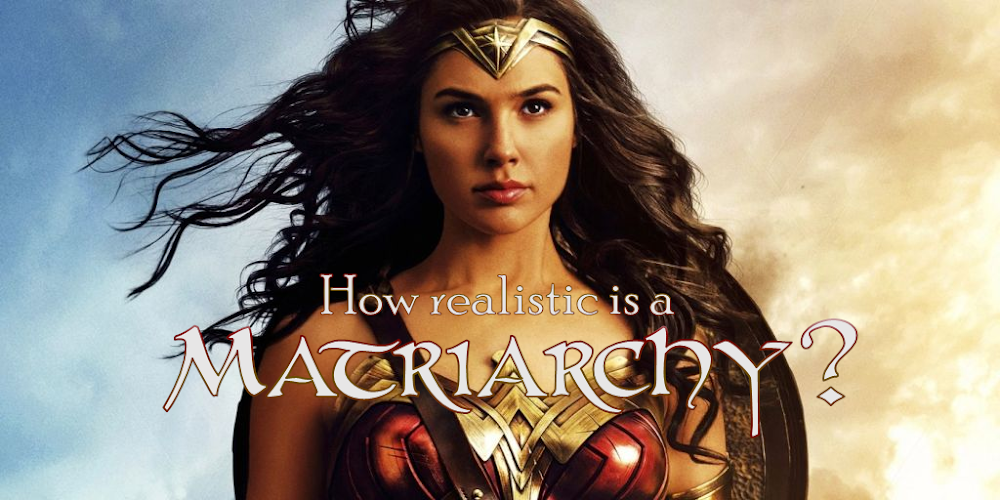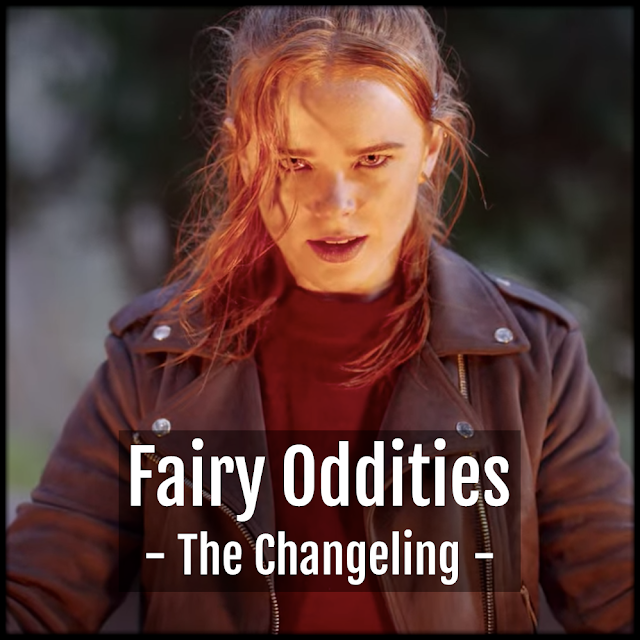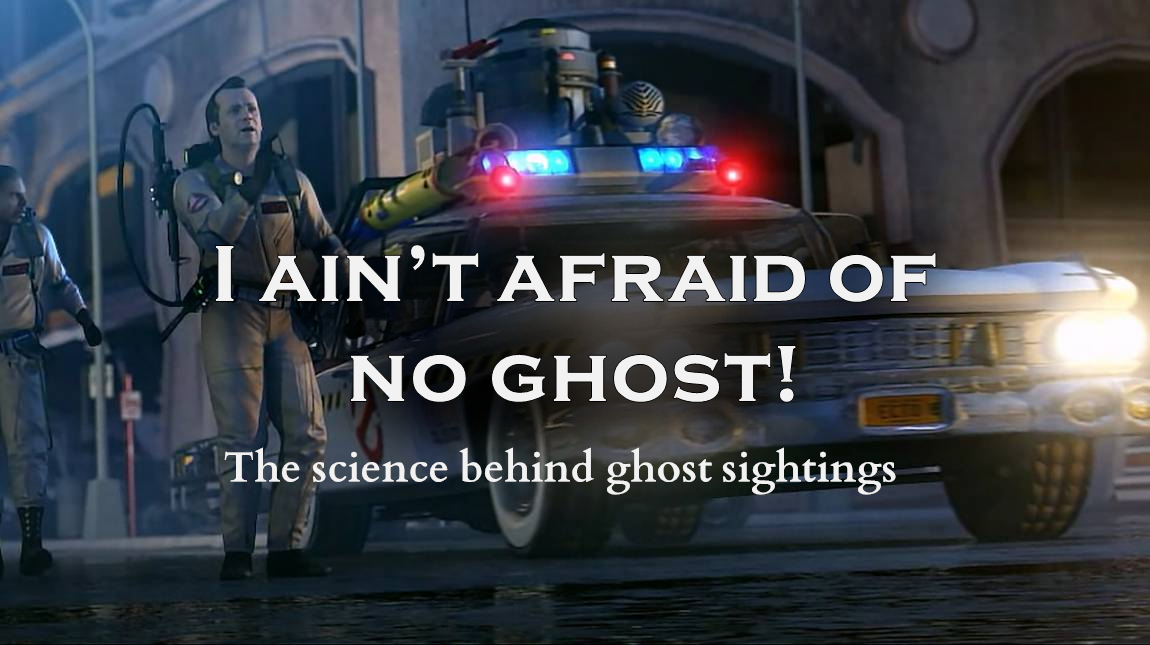The Fairy Courts - Shadow and light
We are nearing the end of the fairy topic, so to end on a high note, let’s look at a really popular trope we haven’t touched until now: the fairy courts, the kings, queens and nobles of fairyland. People love the idea of having fairy royalties, a good and a bad court and – like everything – it has mythological origins. Now, the last few tropes almost always had some pseudohistory behind the myths, but while researching the courts, I couldn’t find anything similar. So let’s just stick with folklore for now.
The fairies of today’s Great Britain are classified in many different ways, but the one leaking into popular culture is the Scottish Seelie and Unseelie courts. They are so popular, in fact, that they even have their own TV tropes page. The Seelie court is associated with light, beauty and summer, while the Unseelie court is dark, it’s inhabitants are often ugly and goblin-like, and belongs to the season of winter. In most modern literary works the difference is usually aesthetic, or heavy on the moral alignment difference, but not necessarily. (And I can’t remember any representation of the Unseelie court, or the “evil fairies” where they were portrayed ugly, more on the goth or sexy bad guy line.)
Your fate in your name
The name of both courts are derived from Old English sǣl and gesǣlig. The Northern and Middle English word seely (also seily, seelie, and sealy), and the Scottish seilie, mean "happy", "lucky" or "blessed", and while unseely means "unhappy", "misfortunate" or "unholy". The modern English world „silly” sound very similar to seelie and it isn’t a coincidence. Taken from these names, the Seelie Court were described as those fairies who would seek help from humans, warn those who have accidentally offended them, and return human kindness with favors, but still being fairies, they are nonetheless dangerous and mischievous. A common archetypical story involves The Hero stumbling into a forest or portal to the Land of Faerie and encountering a fairy lord or lady, who either grants them a favor, captures them and they have to escape, or treats them like changelings from the previous blogpost. (Oh yeah, it’s all coming together.)
The Unseelie Court, conversely, was used to describe the darkly-inclined fairies. They appear at night and assault travelers, often carrying them through the air, beating them, and forcing them to commit acts such as shooting at cattle (a get out of jail free card for bad-behaving children). In Scotland, they were seen as closely allied with witches.
Inspirations
Another, similar division can be found in Norse Mythology, with Dökkálfar and Ljósálfar, aka. „dark elves” and „ligh elves”. The dark elves dwell within the earth and have a dark complexion, while the light elves live in Álfheimr, and have a fair skin and hair. They appear in the 13th century Edda, but have been appearing in folklore much earlier. It’s easy to draw the parallels, and imagine the Norse original as an inspiration arriving with Viking raiders. The Vikings themselves might have been influenced by the Christian light and dark divisions, as there is een a kind of „heaven” in Snorri’s Edda that’s inhabited by light-elves (angels). There are some debates that dark elves are actually just dwarves, but I refuse to believe that, because that would make Drizzt do’Urden an ugly, short guy with a beard. And no. Just no.
I came across the fairy courts trope first many years ago in Laurell K. Hamilton’s Merry Gentry books, but since then many other books implemented the idea. The Seelie and Unseelie courts are also associated with Summer and Winter courts – fairies associated with seasons, isn’t that familiar, SJM? (Seriously, it’s such a waste that she painted Tamlin in such a dark light, the Team Tamlin vs. Team Rhysand war would make Twilight look weak in comparison). But it also appears in Dresden files, The Shadowhunter Chronicles, and even in Terry Pratchett’s Discworld series. Something similar is present in the manhwa Solo Leveling, or in video games like Kingdoms of Amalur (check both of those are if you haven’t already). Interestingly, I happened upon this trope much earlier in my reads, I mentioned a few times already that I grew up reading Dragonlance, but at that times Forgotten Realms were also very popular, and I found the representation of dark elves fascinating there. A whole underground city with warring matriarchs? Count me in!
This whole division between dark and light is a bottomless fountain of interesting tropes, something that could be utilized much more. So, what are you guys waiting for? Go write some interesting fairies!
Lory




Comments
Post a Comment